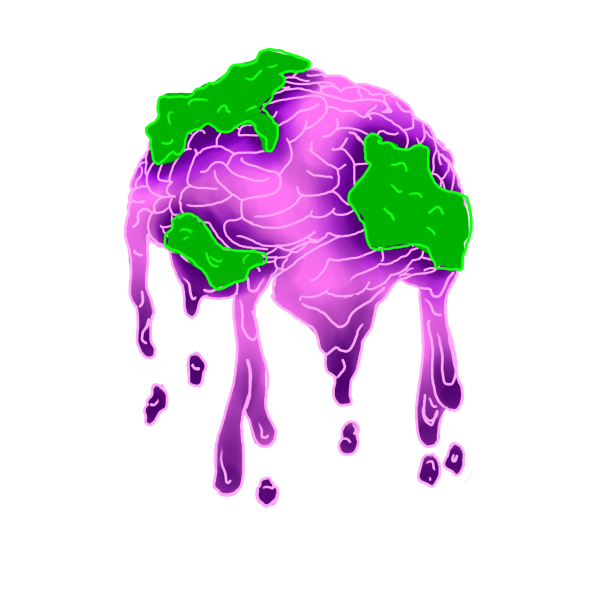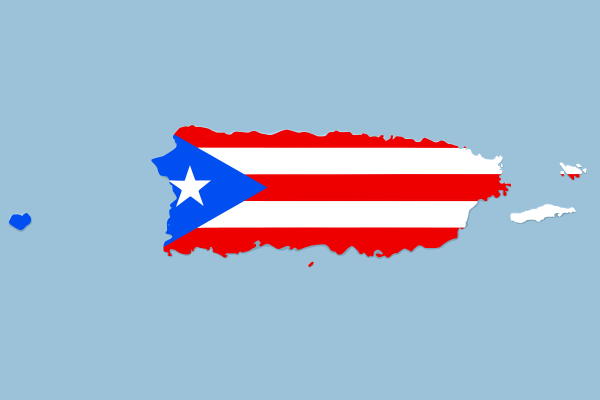Queer Corner: Gender Bender

It is the third week of school; I think you can handle this. At least there is not a quiz to go along with this reading.
You have probably heard the term “hermaphrodite” before, referring to someone with two fully-formed genitalia. I always thought the organs would be right next to each other, just hanging around. If you are a linguistics buff, you will notice that the word is a pairing of Hermes and Aphrodite, the Greek gods of male and female sexuality, respectively. How clever of these long-ago, term-coining people!
The problem with the term is exactly my old conceptualization of it: that this person would have two fully formed sexual organs. Personally, that sounds terrifying; having to deal with only one unruly organ is enough. The people who did actually fall under this term most likely did not have bodies that fit this description and it became outmoded early on in the twentieth century and is now regarded as offensive (mostly because it is impossible, as we shall see later). So then what does a person in this community look like? Or be called?
Let us bring it back to basics (something which will be helpful in the future!). If you are talking about sex, you are talking about the biological sex that your body was born as. This is something you can not change, because this is encoded in your genes and not in your favorite pair of Levis. Getting a Sexual Reassignment Surgery (SRS) is a completely different topic– that person is known as transgender. That is for a later time, so do not worry about it… yet.
Remember biology class? Females have XX chromosomes and males have XY. Like any good biological process, of course, DNA chains sometimes change the rules and switch some stuff around. This could show in the chain as XO (nothing else paired), XXY, or XXX (you know they are hardcore). If this happens, all sorts of systems are affected. This person, who has reproductive anatomy that does not fit the traditional classification as exclusively male or female and through no fault of their own, becomes known as being intersex.
What the heck does that mean? Well, it does not mean that a person is both biologically male and female (the definition of hermaphrodite). Even if an intersex person has two fully formed genitals (very rare), they will only either produce sperm or release eggs. Sorry, no self-pregnancies. It also means that the person could have ambiguous genitalia, internal sexual organs or combined anatomy. While many different places try and classify the different variations of intersex conditions (like Wikipedia!), there is a wide swath of variations that exist and while the possibilities may not be endless, they certainly are numerous.
Statistics show that about 1 in 2,000 people are born as intersexed and many might not even know it. Remember the South African runner, Caster Semenya? After she won the gold medal in the 2009 World Championships, people suspected drug use, but instead a media frenzy arose with accusations about her being intersex. She was able to keep her medal and has been cleared for international competition, but if she does indeed have intersexed chromosomes (the results from DNA tests have not been released), should she be able to run as a woman? She was raised as one and identifies as such. Should she compete against men, or simply be barred from all competitions because of how she was born?
Many regard being intersexed as a genetic condition: that a biological sex binary exists and that these peoples’ genes deviate from the norm. I would like to challenge that notion. While the determination of sex is a biological process, it is up to humans to decide what a person clinically is to be defined and if not male or female, they get lumped into this amorphous “other” category, which is neither definite nor uniform. In fact, even in our categorization of male and female, there is a wide spectrum of variety in sexual anatomy. The size and shape of breasts, scrotums, clitorises and penises, among others, differ from person to person and sometimes change over time.
Obviously if you run my argument to its furthest point, you get an infinite amount of identities and categories, which is impossible for our neat ordering strategies that we humans love so very, very much. That is not my suggestion. My point is to try and help you see a spectrum of possibilities, rather than a stark duality and that variety is possible even when you did not think that there could be. This does not only apply to topics on sexuality specifically (try it out on everything!), but I will be
advocating for it as the year goes on.
And with that, class dismissed. That was not so hard, was it? Now to research S&M…




